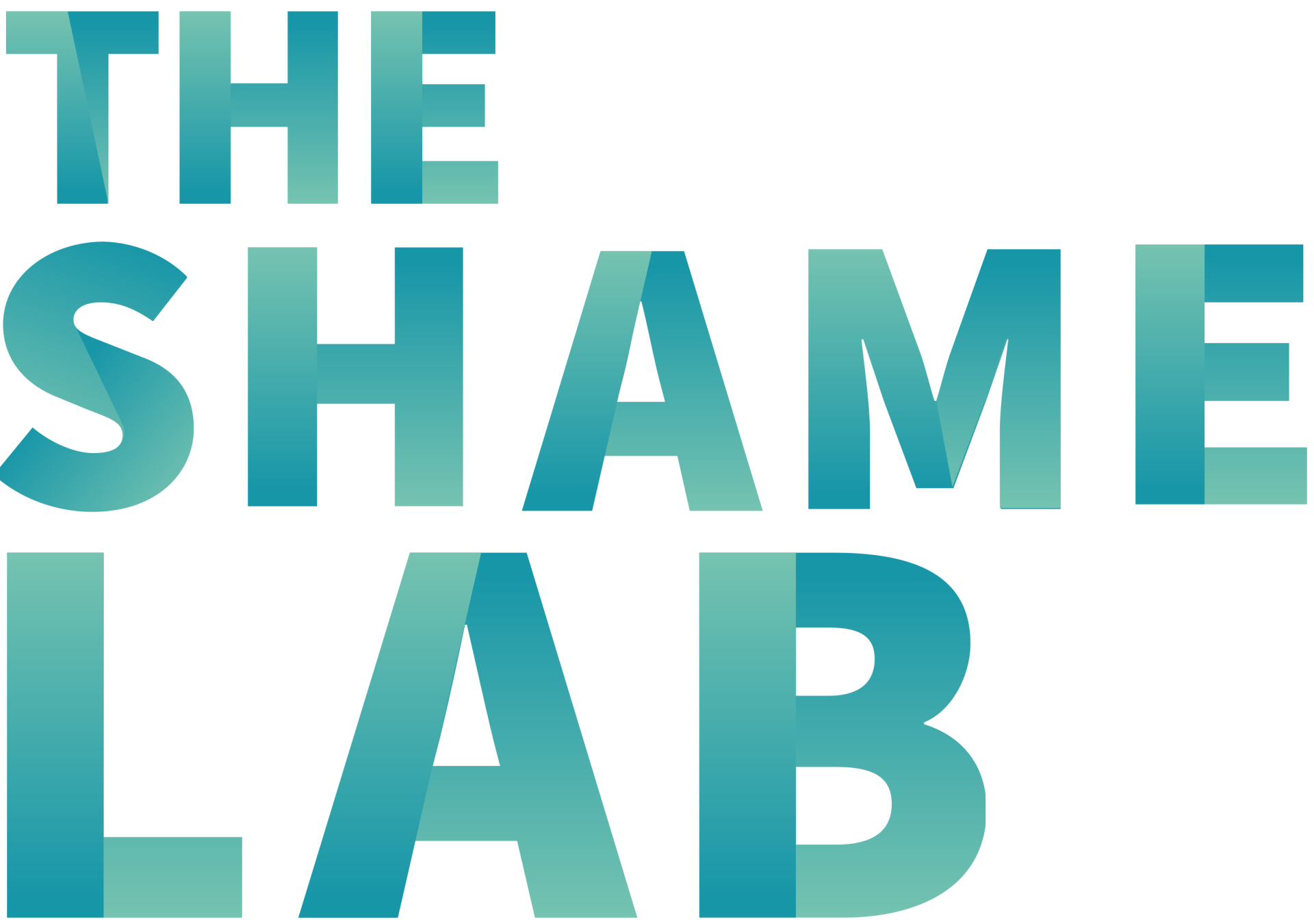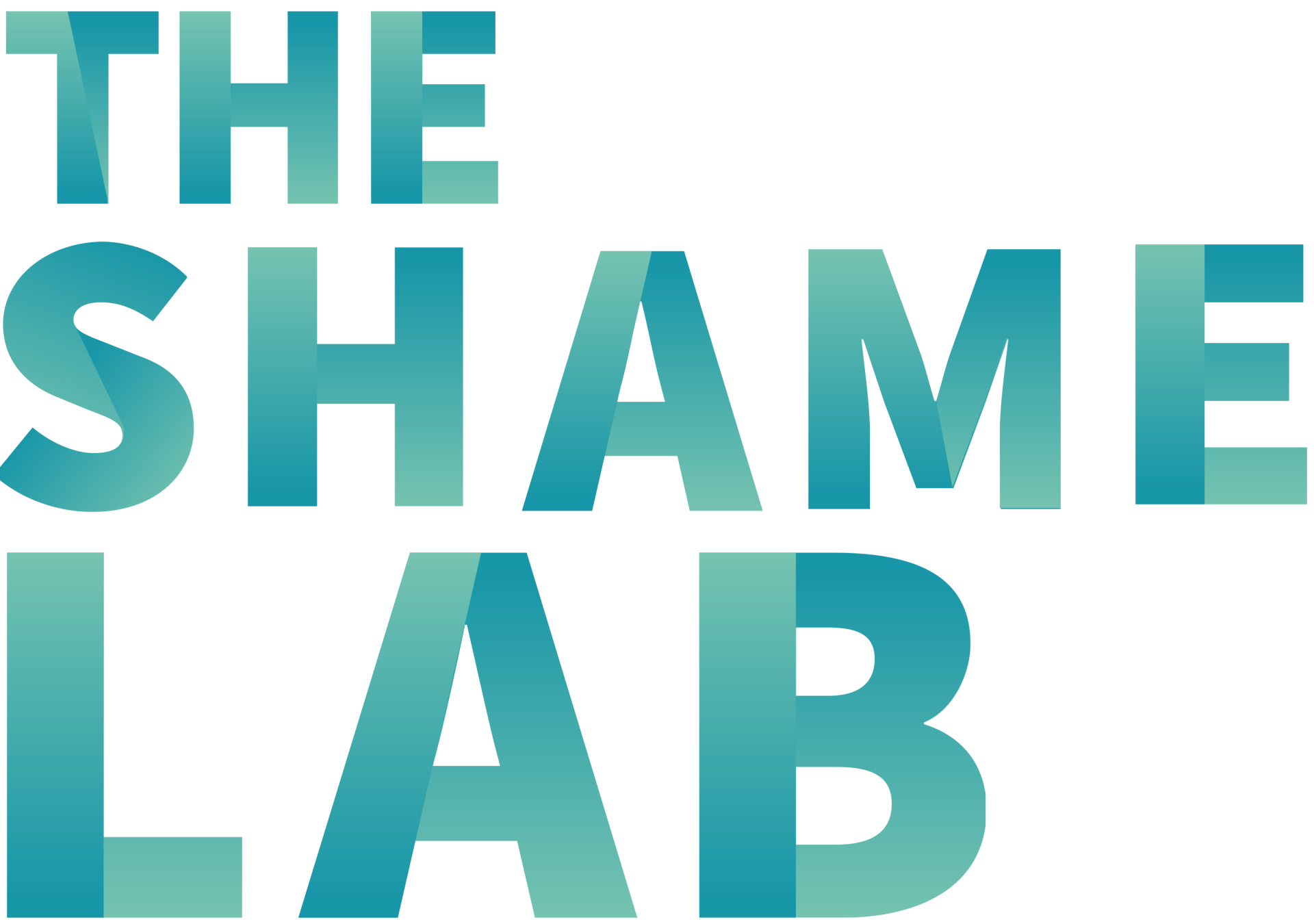Why Shame? | What is shame?

What is shame?
Shame occurs when we feel inadequate, flawed, unworthy, and/or negatively judged by (or less than) others. It is a negative self-conscious emotion, meaning it arises from a self-evaluation.
In other words, shame is related to the ways we see, feel, and know ourselves.
Shame is a normal, evolved emotion that plays an important role in a functioning society; we need the capacity to feel shame. However, it can be a painful and distressing emotion, and it drives behaviors that can negatively affect physical and psychological well-being, relationships, learning, productivity, and growth.
Why do we work with shame?
Shame is the 'master emotion.'
Shame evolved for a reason: we need it in a functioning society, and it regulates our social behaviors in meaningful ways. It's also central to who we are and how we see ourselves as people. We're biased, but our research and life experiences make us constantly ask: what doesn't shame touch?
Shame can be destructive.
Despite its prosocial potential, shame can fuel intrapersonal distress, impair relationships, undermine psychological safety, and reinforce inequity. These tendencies create significant challenges within organizations, especially when shame is wielded as a tool to reinforce hierarchies, exert power, or control others.
Shame can be hidden behind challenging behaviors.
Shame is painful and itself taboo. Accordingly, people engage in behaviors to avoid or repress it, including withdrawing, blaming, attacking, and self-harm. These behaviors may drive intrapersonal distress, interfere with relationships, and provoke defensive responses from others.
Shame is a distributed emotion.
Shame is a uniquely individualized emotion: no two people will experience it in the same way. However, its presence and effects are found throughout an organization: in relationships, in teams, in the culture, and in the practices, policies, and material conditions that form its structure.
Its presence must be addressed at each of these levels.
Its presence must be addressed at each of these levels.
How do we work with shame?
Shame's stigmatized and taboo nature keeps it hidden and rarely talked about, and this is one of the biggest barriers for healthy shame engagement.
When we work with shame, we try to normalize the experience. Feeling shame simply means (and proves) that you are human. Thus, it is a humanizing emotion.
So, we don't talk around it, and we don't try to avoid it. We name it, engage with it, and open space to acknowledge and talk about it. Whether we're delivering training, conducting research, or consulting with organizations, we approach shame very intentionally. We approach it carefully and respectfully, recognizing that no two people experience it the same way and that shame feelings can be linked to trauma, early life experiences, and other forms of emotional and psychological distress.
When we work with shame, we try to normalize the experience. Feeling shame simply means (and proves) that you are human. Thus, it is a humanizing emotion.
So, we don't talk around it, and we don't try to avoid it. We name it, engage with it, and open space to acknowledge and talk about it. Whether we're delivering training, conducting research, or consulting with organizations, we approach shame very intentionally. We approach it carefully and respectfully, recognizing that no two people experience it the same way and that shame feelings can be linked to trauma, early life experiences, and other forms of emotional and psychological distress.
Write your awesome label here.
